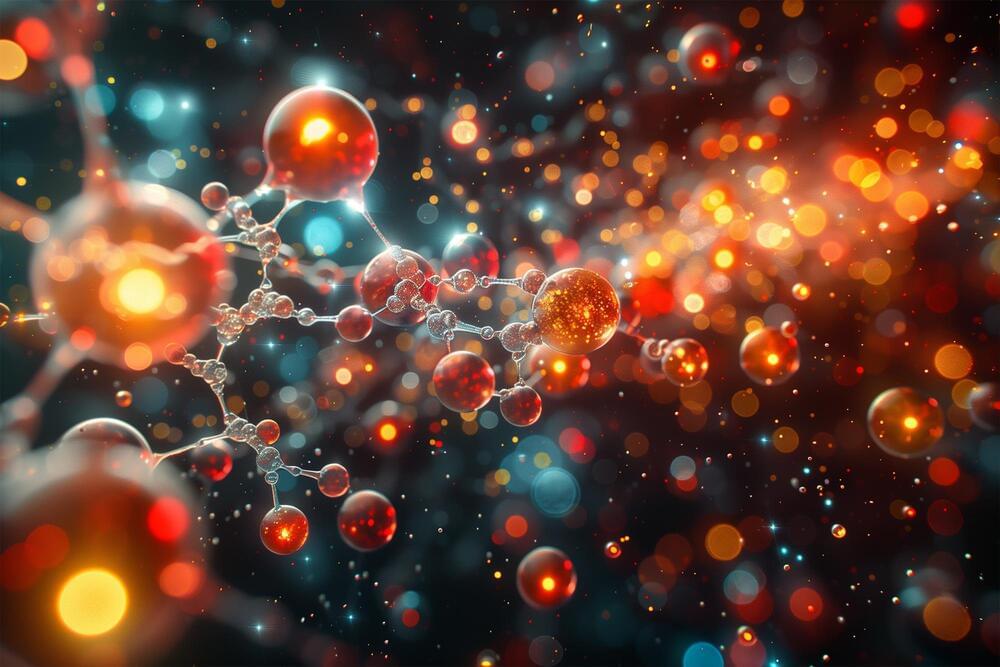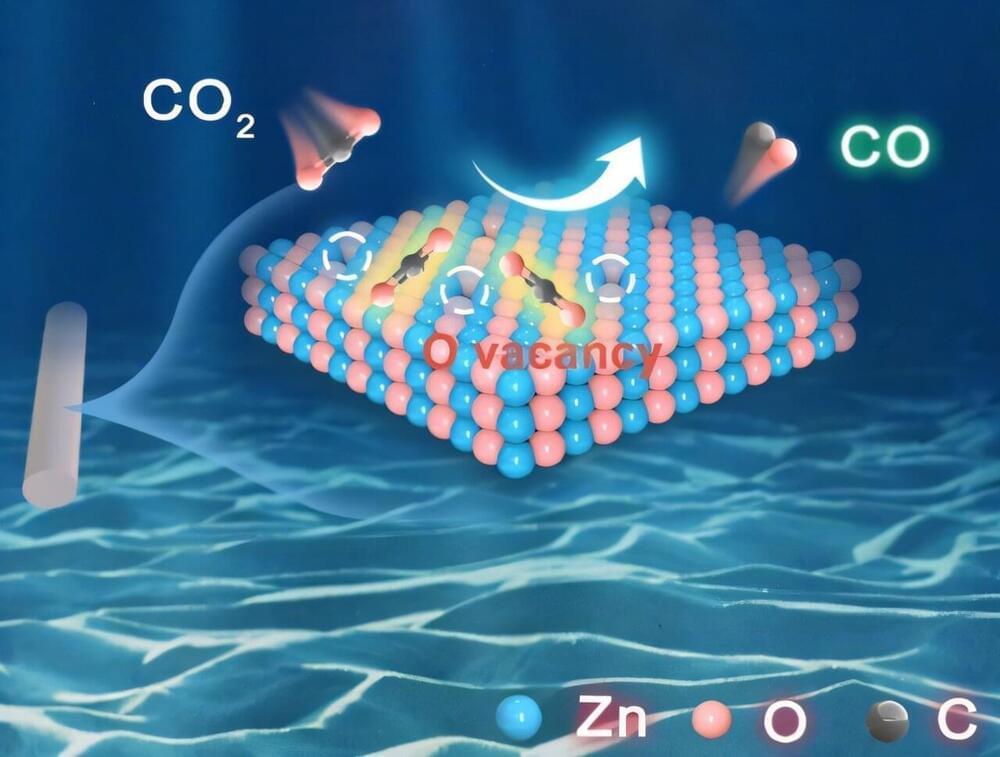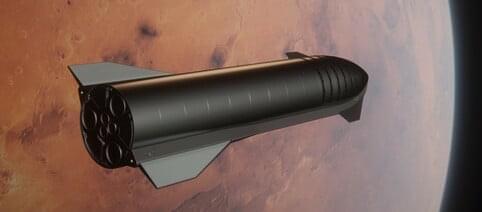The Expedition 72 crew studied micro-algae and DNA-like nanomaterials on Tuesday to improve health in space and on Earth. The orbital residents also worked on cargo transfers and lab maintenance aboard the International Space Station.
NASA Flight Engineer Nick Hague began his day processing radiation-resistant samples of Arthrospira C micro-algae and stowing them in an incubator for analysis. The samples will be exposed to different light intensities to observe how they affect the micro-algae’s cell growth and oxygen production. Results may advance the development of spacecraft life support systems and fresh food production in space.
Afterward, Hague joined Commander Suni Williams of NASA for a different research session mixing water with samples of messenger RNA, or mRNA, and protein to create DNA-like nanomaterial products inside the Kibo laboratory module’s Life Science Glovebox. Flight Engineer Butch Wilmore then transferred the samples, exposed them to ultrasonic waves, and imaged them with a spectrophotometer to measure the intensity of light at different wavelengths and evaluate the quality of the nanomaterials. The samples will also be returned to Earth for further evaluation. Results may lead to improved therapies for Earth and space health conditions as well as advance the space economy.








